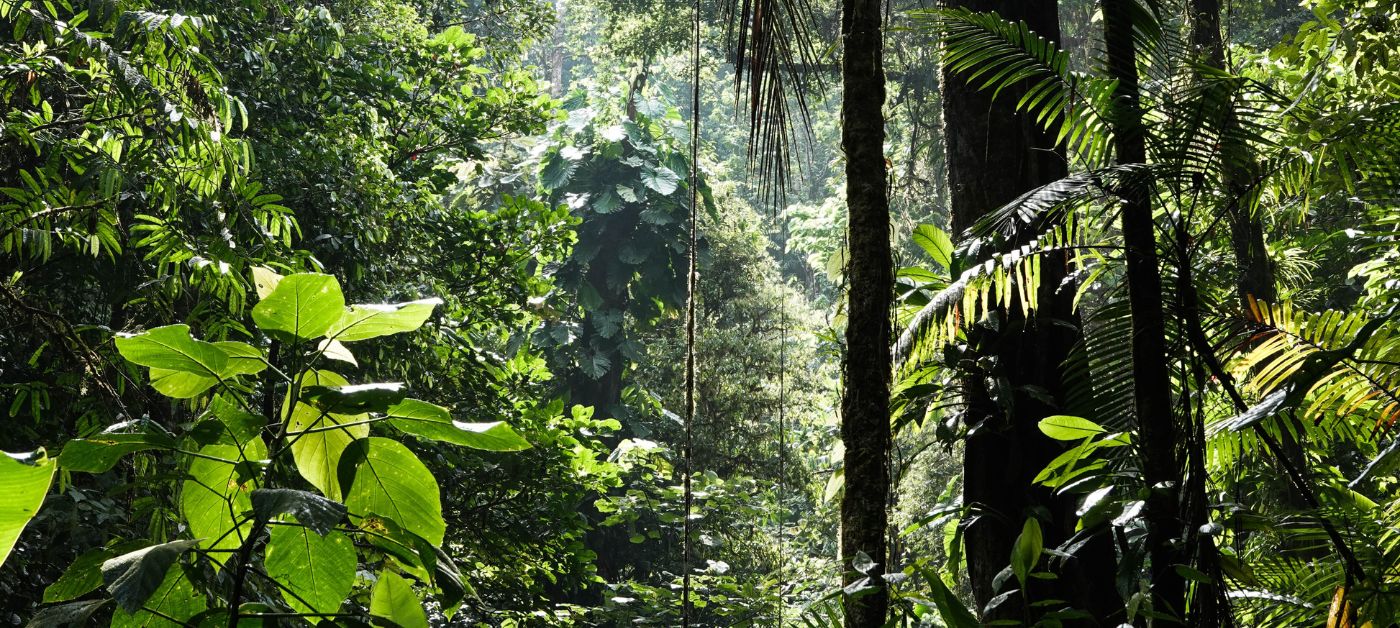Biodiversity, or biological diversity, refers to the diverse lifeforms in one area, which means the variety of living species. For example, a natural forest has an incredible biodiversity of plants, animals, fungi and bacteria. These all work together in so-called ecosystems, which are like support systems that maintain life balance.
The subject of biodiversity is part of the global agenda to fight climate change, as humans are an increasing threat to the Earth’s biodiversity. For example, activities such as deforestation destroy the home of many species and push them towards endangerment.
Why is biodiversity important?
Biodiversity is essential. It is necessary to support life on Earth. If just one part of a biodiverse ecosystem disappears, it can disturb the balance of an entire system. For example, one species might grow too big and cause the extinction of another. As mentioned, humans are threatening the biodiversity of the Earth today. Through climate change, population growth and pollution. According to WWF, there has been a 68 % decline in the global populations of mammals, fish, reptiles and amphibians (e.g. frogs) since the 1970s.
As biodiversity supports all life on Earth, it also supports humans. We are part of the Earth’s ecosystem and depend on the survival of different life forms. For example, we rely on plants for air and food. These plants depend on other parts of an ecosystem, such as bees (for pollination), that ensure their survival.

Biological diversity across the world
Some areas on this planet have more biological diversity than others. For example, natural tropical forests, or rainforests, around the equator. Such as the Amazon rainforest in South America and the Congo Basin in the heart of Africa. The Amazon is home to over 3 million species, of which 2.500 are different kinds of trees. Brazil, where most of the Amazon rainforest spreads out, has the most biological diversity in the world.
Other areas are the Daintree Rainforest in Australia and the Cloud Forests of Ecuador. Scientists suggest that all these areas have been ecologically stable for long periods, which is why evolution has been able to evolve undisturbed. Therefore, places with much biodiversity are like the Earth’s species library. Hence they are fascinating places that should be protected and allowed to keep evolving.
Biodiversity hotspots
Thirty-six areas on the planet qualify as biodiversity hotspots. These are places that contain species found nowhere else on the Earth. More so, the areas are under threat. Which in this case is when over 70 % of the natural vegetation is lost. In other words, biological diversity hotspots are irreplaceable areas, which is why they are marked. For example, Madagascar, Cerrado in Brazil, the Himalayas and the Atlantic Forest are hotspots. Biodiversity hotspots exist worldwide, from tropical areas to mountain areas with broadleaf forests.
Efforts to protect biodiversity
The Sustainable Development Goal 15 of Agenda 2030 highlights the importance of this subject. It aims to: “protect, restore and promote sustainable use of terrestrial ecosystems, sustainably manage forests, combat desertification, and halt and reverse land degradation and biodiversity loss”.
More so, many organisations focus on protecting the Earth’s biological diversity. Such as WWF, Conservation International and the Nature Conservancy (TNC).
Sources: WWF, Greenpeace, ScienceDirect
